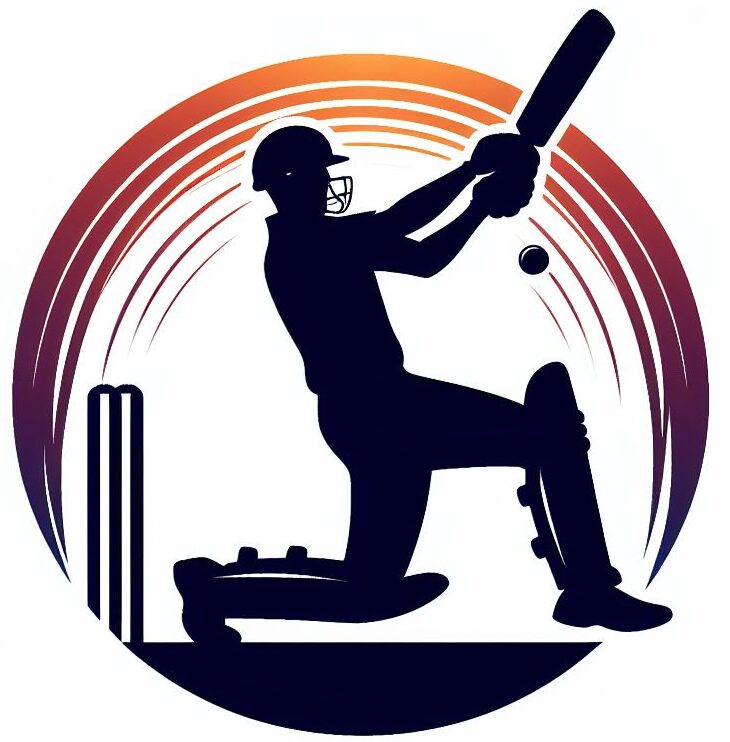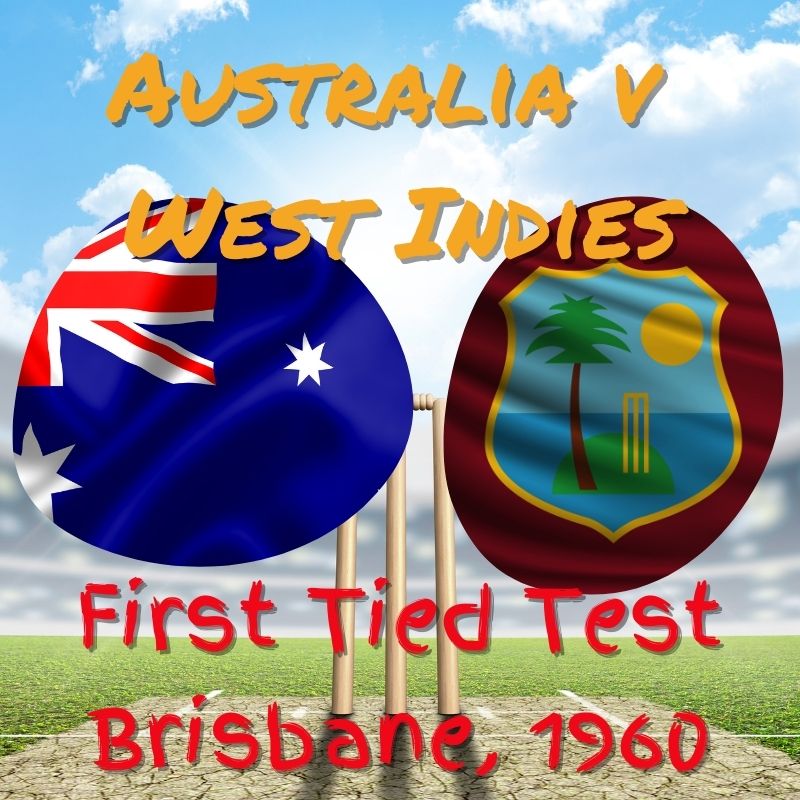On December 9, 1960, Australia met West Indies in the first test of the series, at the Gabba, Brisbane.
Coming into this game, Australia were in good form, having won their three previous series against India (2-1, away, 1959/60), Pakistan (2-0, away, 1959) and England (4-0, home, 1959), while the West Indies three previous series included two tight series losses against England (0-1, home, 1959/60), Pakistan (1-2, away, 1958/59) and a victory against India (3-0, away, 1958/59).
The West Indies had a strong squad, led by the dynamic Frank Worrel, the first black captain of the West Indies. The rest of the team consisted of a mix of experienced players and young talent, including the formidable trio of Rohan Kanhai, Garry Sobers, and Wes Hall.
Australia were led by Richie Benaud. Benaud was known for his astute captaincy and all-round abilities, and had fostered a team culture that emphasized aggressive yet disciplined cricket. The Australian squad included stalwarts like Allan Davidson, Neil Harvey, and Norm O’Neill, ensuring a competitive edge.
The West Indies, known for their flair and flamboyance, were expected to provide stiff competition to the Australians, who were renowned for their tactical acumen and resilience.
First Innings
West Indies won the toss and batted first. Australian opening bowler Alan Davidson struck three times relatively early to have West Indies 3/65, before Garry Sobers showed his class. In under three hours, he scored 132 runs, to take West Indies to 4/239.
Handy contributions by Frank Worrell (65), Joe Solomon (65), wicket-keeper Gerry Alexander (60), and West Indian fast bowler, Wes Hall (50, which would become his equal highest test score in his career) gave West Indies a health first innings score of 453.
Alan Davidson, 5/135 was the pick of the bowlers, and Australian wicket keeper Wally Grout took 4 catches and a stumping.
Second Innings
In reply, Australia’s batting always looked in control. Openers Colin McDonald (57) and Bob Simpson (92) gave Australia a good opening stand (84), and Norm O’Neill’s 181 provided the bulk of Australia’s reply of 505. Wes Hall, backing up his 50 took 4/140.
Third Innings
52 runs behind, West Indies needed a good score to ensure a good contest, but once again, it was Australian quick Alan Davidson who kept chipping away with the wickets, complementing his first innings five-for with 6/87 in the second. Rohan Kanhai (54), captain Frank Worrell (65) and Joe Solomon (47, remember that name) helped the visitors reach 284, leaving Australia a tricky, but not chaseable, 233 to win.
Fourth Innings
Australia’s chase started poorly, with both Bob Simpson and Neil Harvey out to Wes Hall with the score still in single figures.
It didn’t get much better, Hall dismissed Norm O’Neill (26) with the score on 49, and Worrell bowled opener Colin McDonald (16) on the same score. 4/49 became 5/57 and when Ken Mackay was out for 28, the score was 6/92.
With the final session to play, Australia were 6/109, with Alan Davidson and Richie Benaud the not out batsmen.
The Final Frantic Session
The normal play at the time would have been to buckle down for the win, defending for their life. Sir Donald Bradman, the chairman of selectors at that time, spoke to captain Richie Benaud, and asked what Benaud’s plans were.
“We’re going for a win,” Benaud replied, much to Bradman’s delight.
Benaud and Alan Davidson then took the score to 226 before Davidson was run out, and with only one over remaining in the test Australia was 7/227, still 6 short of victory.
What followed was what has become known as one of the most incredible and dramatic overs (8 balls in 1960) in cricket history, bowled by Sir Wes Hall.
Ball one was a tight short single, leaving 5 to win.
Ball two, to Benaud, was a bouncer, which he edged through to the wicketkeeper, to be dismissed for 52.
Ball three was a dot ball. 5 runs needed to win off 5 balls.
Ball four was a widish ball down leg-side that the batsman missed. But the Australian non-striker, Wally Grout, called Ian Meckiff through for a bye. The West Indies wicket keeper threw the ball back to the bowler, Wes Hall, who threw at the stumps from just a handful of metres away, with the Australian batsman well short of the ground, but the throw missed. 4 runs off 4 balls to go.
Ball five to Wally Grout was a ball just short of the length on his pads. Grout tried to flick it away but got a top edge which went high in the air. Hall ran towards square leg, and with a fielder coming in from the deep also and possibly distracting him, he dropped the catch. Grout took a single and there were now 3 runs required to win off 3 balls.
Ball six was a short ball to Meckiff, who got a lot of bat on the ball and swung it to towards the boundary at mid-wicket. They ran two, but Grout got run out diving for the third run that would have won the match. One run to win, two balls to go, but now just one wicket to get.
Ball seven to Lindsay Kline, the Australian number 11. The ball was pitched on his pads and he nudged it towards square leg. The batsman charged through for the single but the fielder, Joe Solomon, from side on and 12 metres out, knocked over the stumps with a direct hit, with Meckiff just short of the ground.
Conclusion
The tied test between Australia and the West Indies show what can happen when two teams play tough, aggressive cricket. The entire 1960 series between Australia and West Indies produced great, exciting, tough and aggressive cricket. The West Indies became fan favourites, and upon leaving the country, were given a fanfare parade send off because of the great cricket they played and the fantastic spirit and flair in which they played the cricket.

